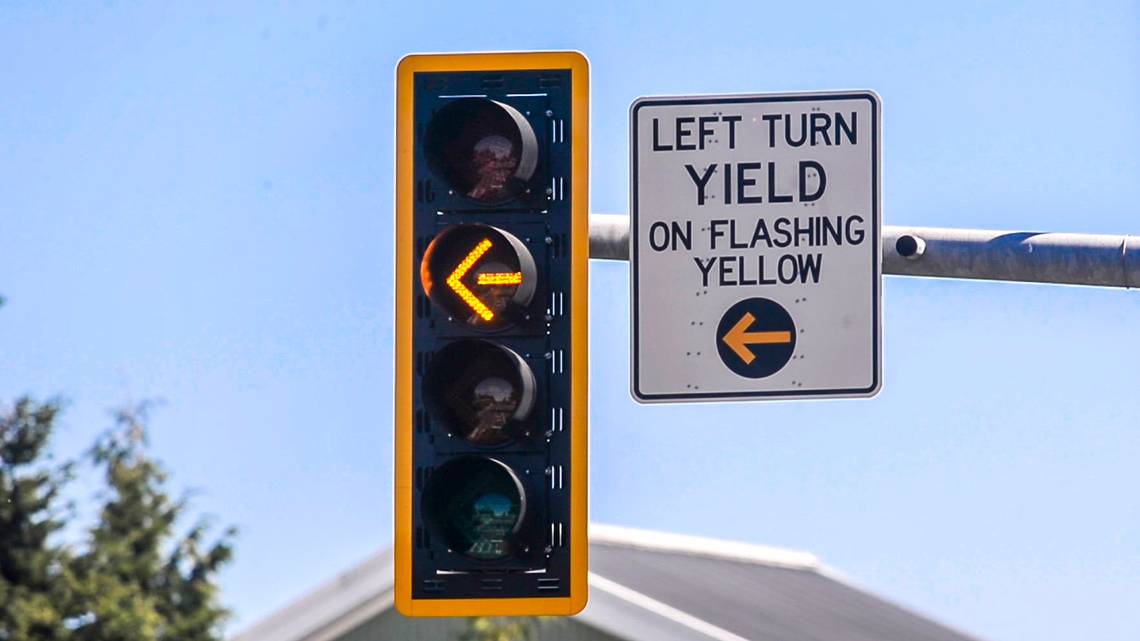In recent years, North Carolina has been increasingly adopting a flashing yellow arrow (FYA) traffic control for protected-permitted (PPLT) and permitted left turns. The use of three and four section heads with FYA’s is believed to minimize driver confusion between the conventional green ball and green arrow, increasing safety by reducing the potential for angle crashes. As expected, an early study of the FYA in North Carolina found that there appeared to be a significant safety benefit when converting traditional 5-section heads to 4-section FYA, per Simpson and Troy study in 2015. This has led to increased use of FYA’s across the state. With more PPLT operation being implemented across the state, NCDOT recognized that there is little research on when it is actually appropriate to implement protected-permitted, or even permitted only, left turn operation by time-of-day (TOD). Oftentimes, the decision to protect, protect/permit, or permit a left turn during various times-of-day is made based on some combination of traffic volume “cross products” or engineering judgement – with modifications to a TOD plan made at some point (often years) later in time as crashes show there may be a problem and left turn protection is needed.

The research team developed updated CMF’s for NC-specific intersections where protected-only left turn signals were converted to PPLT operation. The project found that overall, safety decreased slightly at the intersections deploying FYA for PPLT. However, an obvious trade-off existed when analyzing the individual treatment approaches – left turn same roadway crashes increased significantly while rear-end collisions decreased significantly. Second, our team developed an Excel-based simulation tool to provide guidance for PPLT and permitted turn operation by accounting for both operations (delay-based) and safety by TOD. The tool is unique in that it estimates 24-hour volume distributions from limited volume inputs and provides timing recommendations across every hour of the day. The tool recommends protected only left turn phasing based on “conflict-point SPFs” and conflicting traffic volumes. Using both safety and operational findings from this project, NCDOT engineers will have access to improved planning tools during the decision-making process for left turn signalization by TOD.
